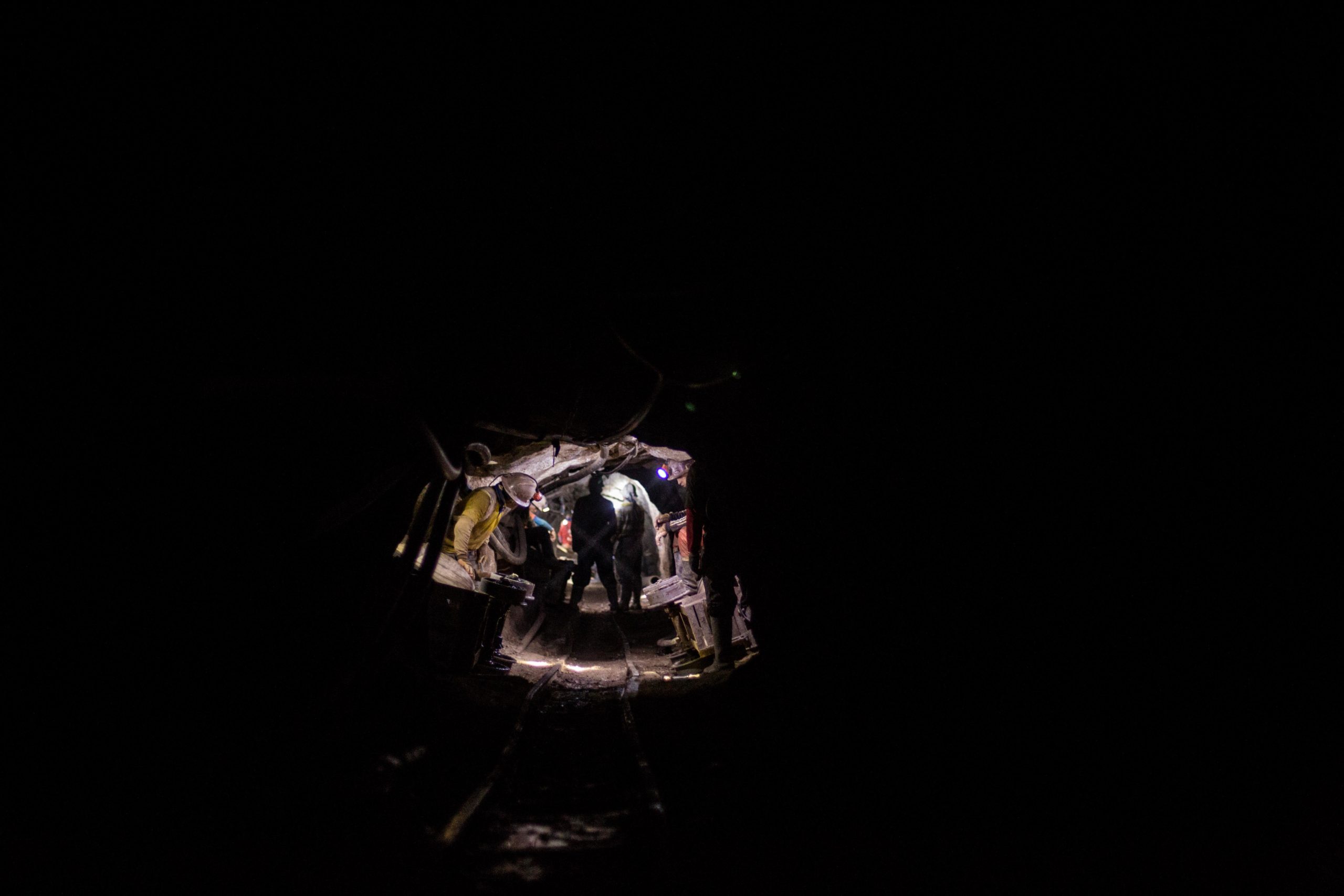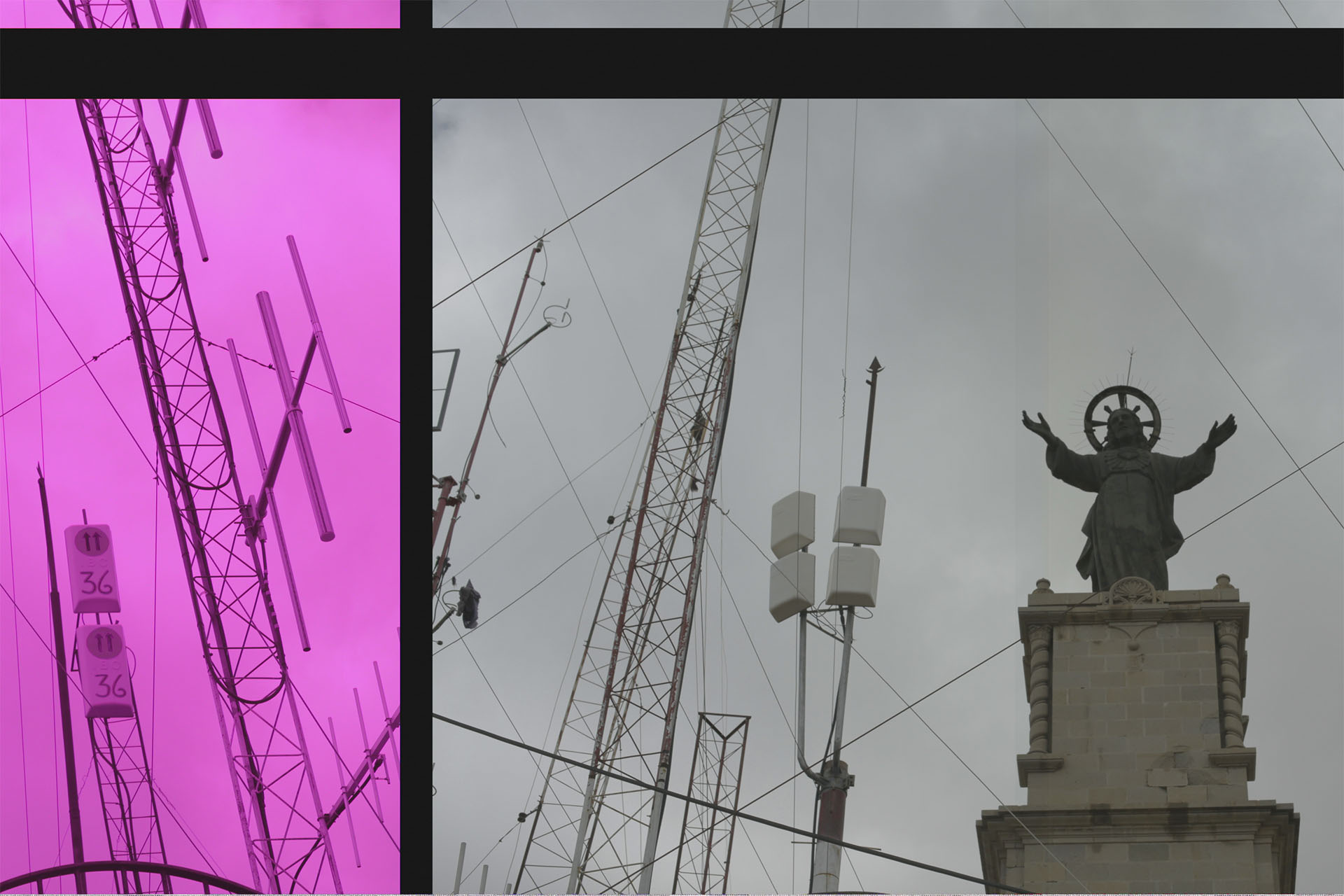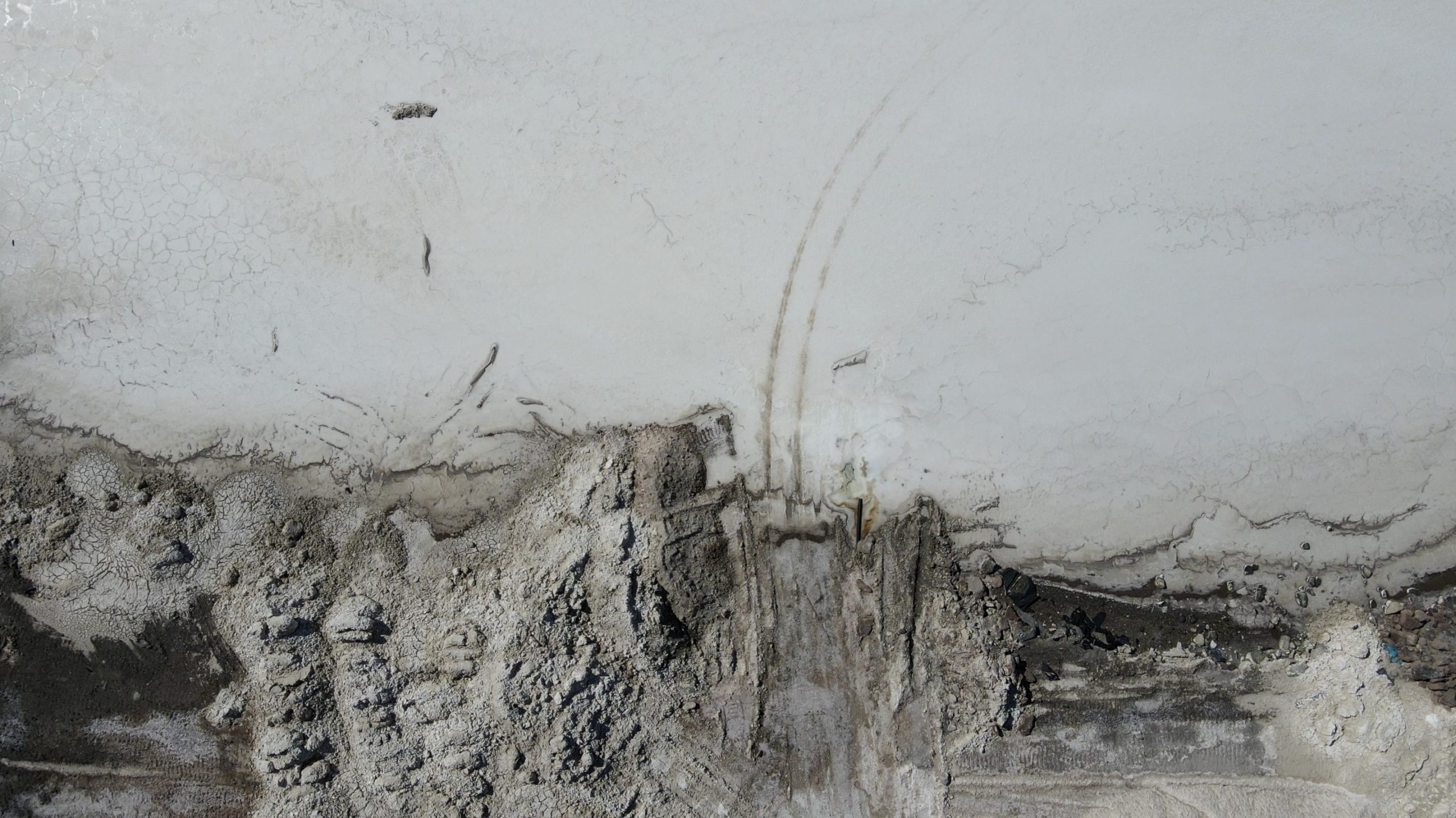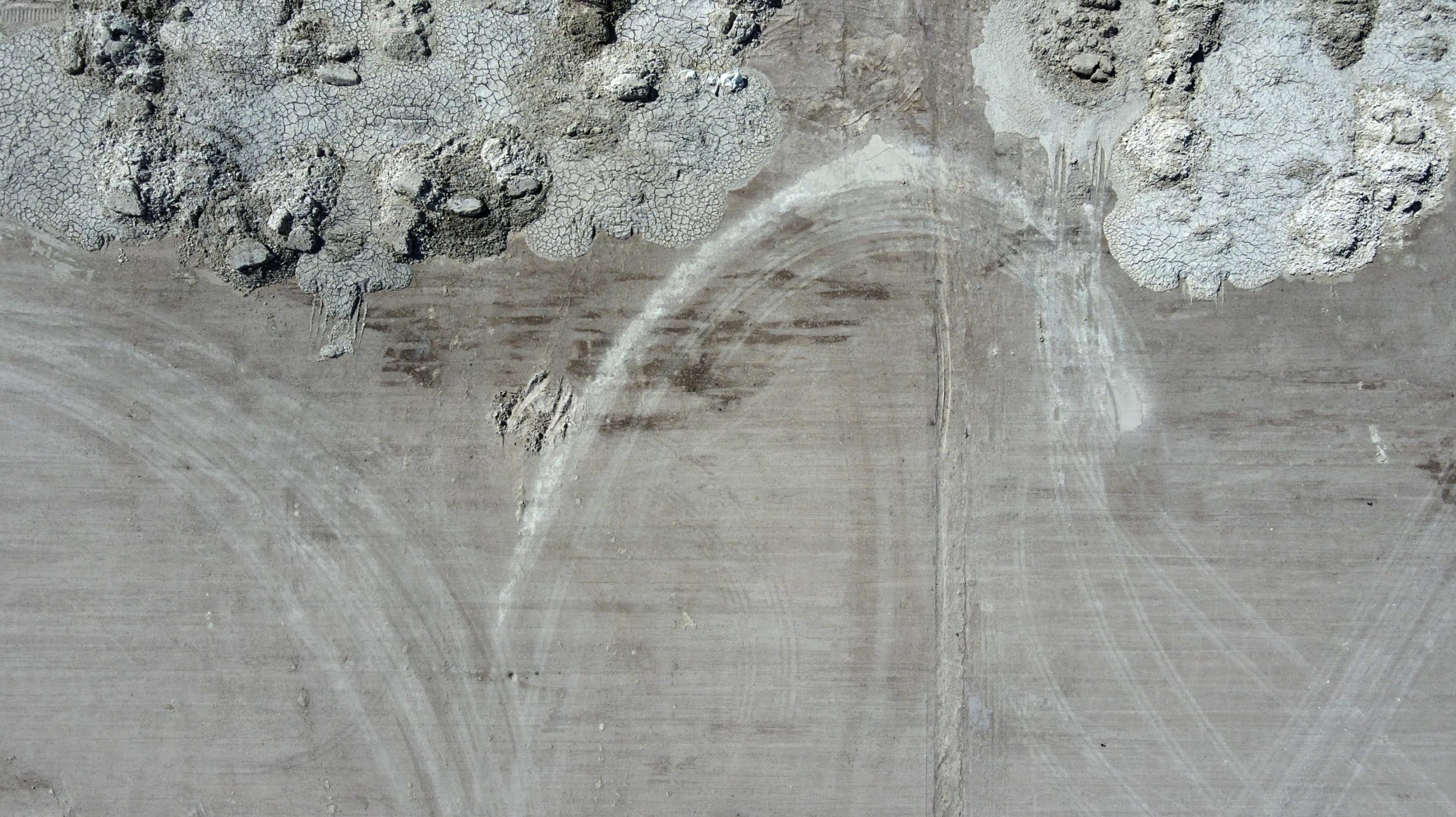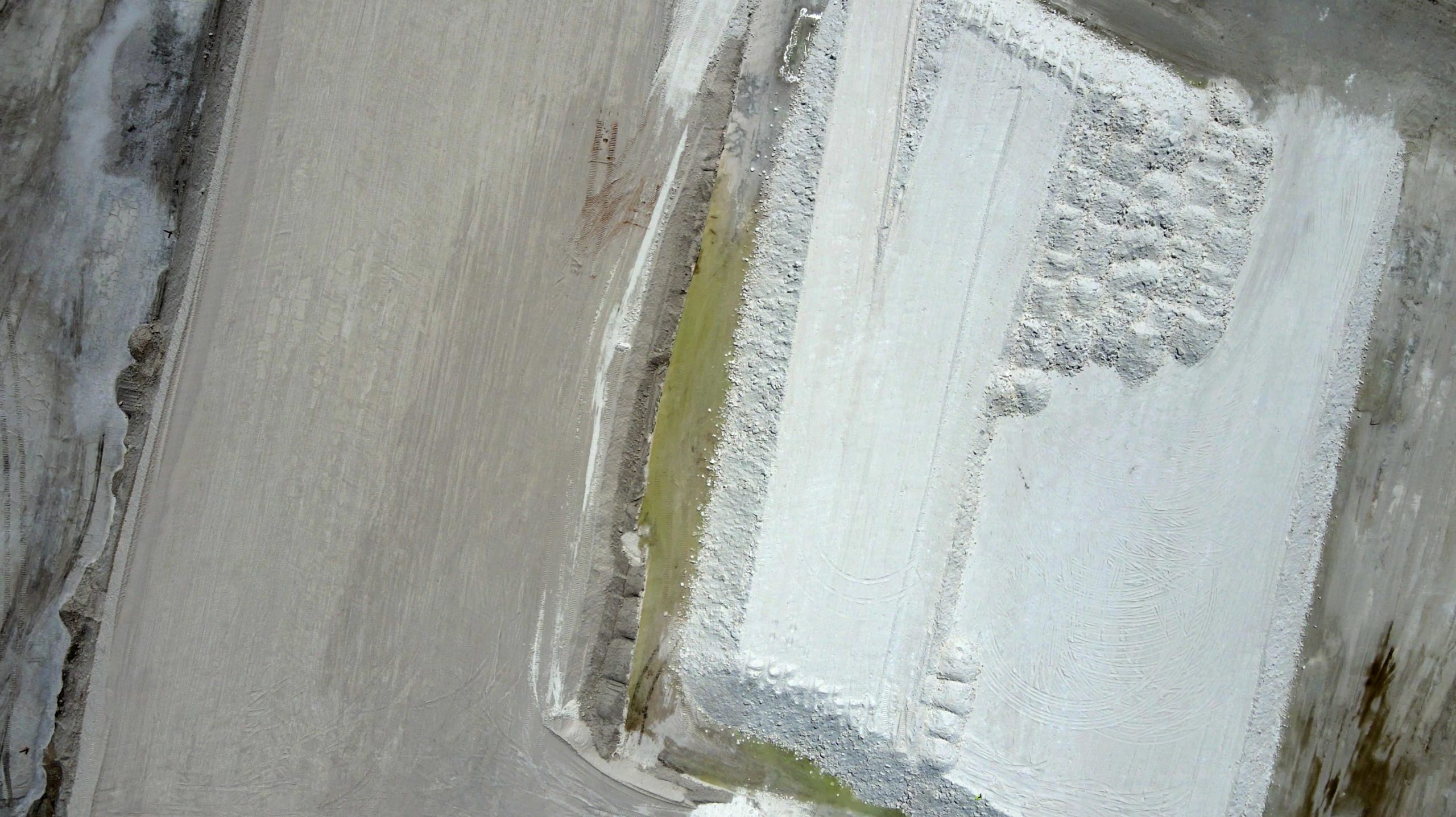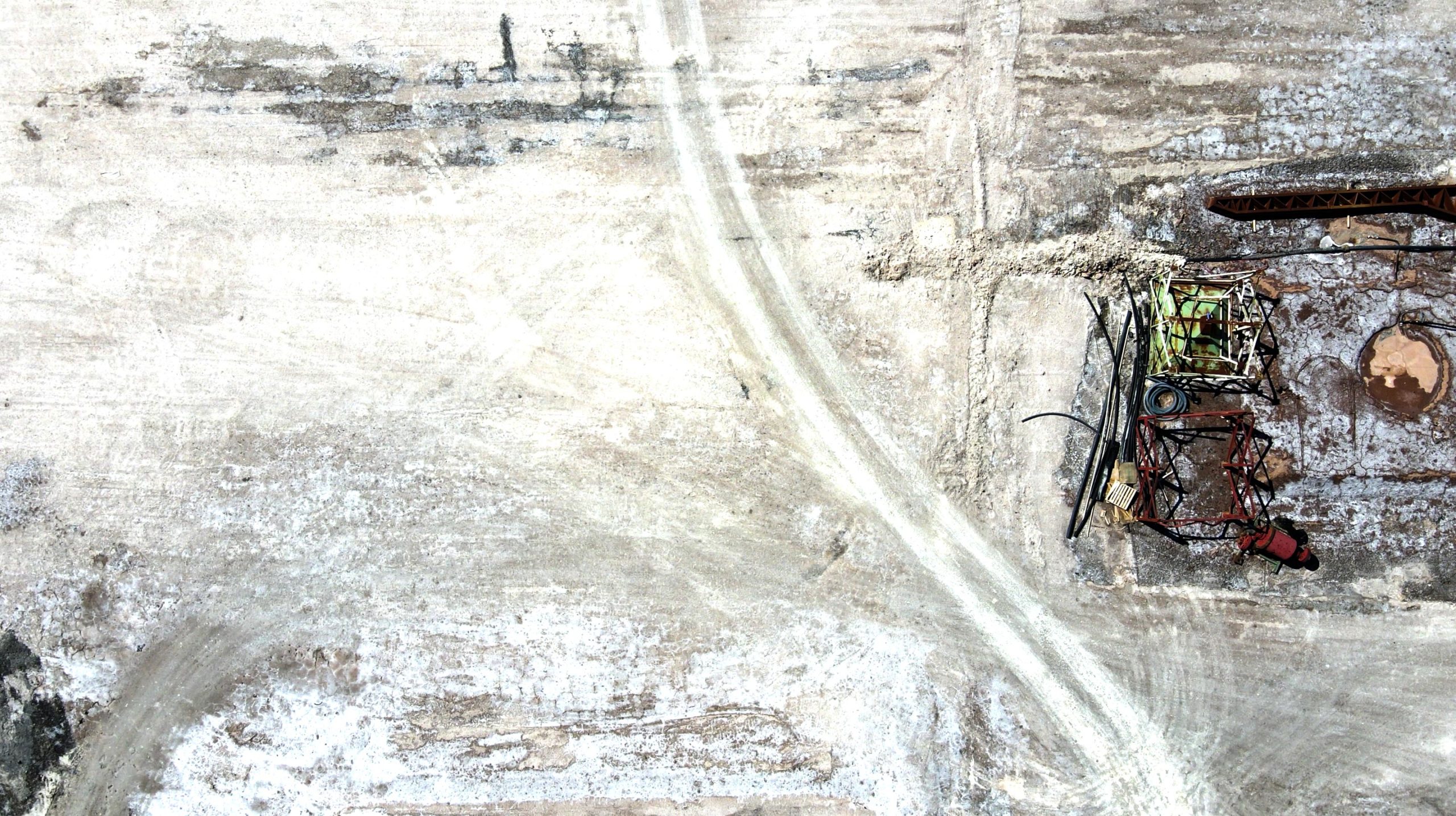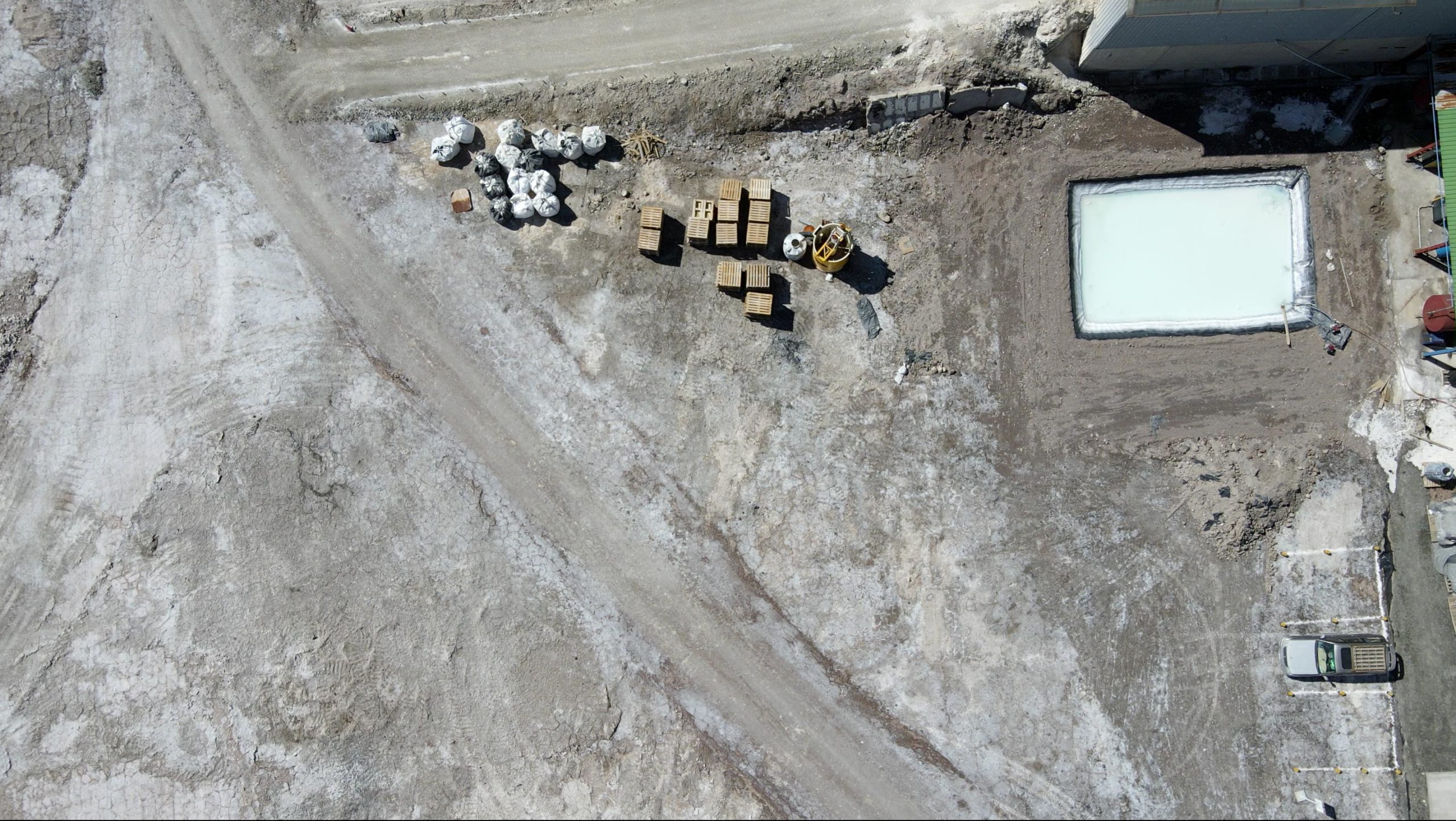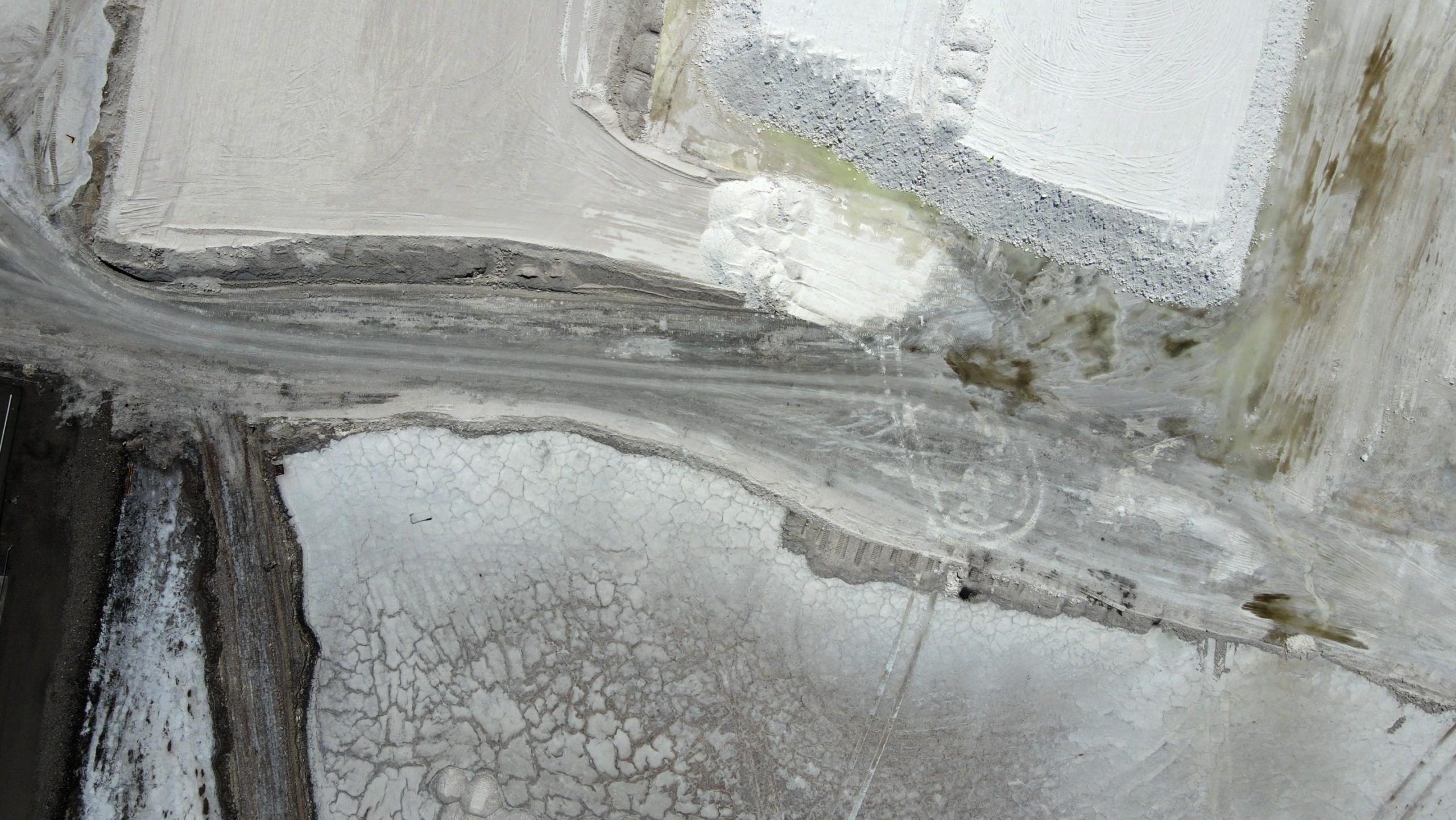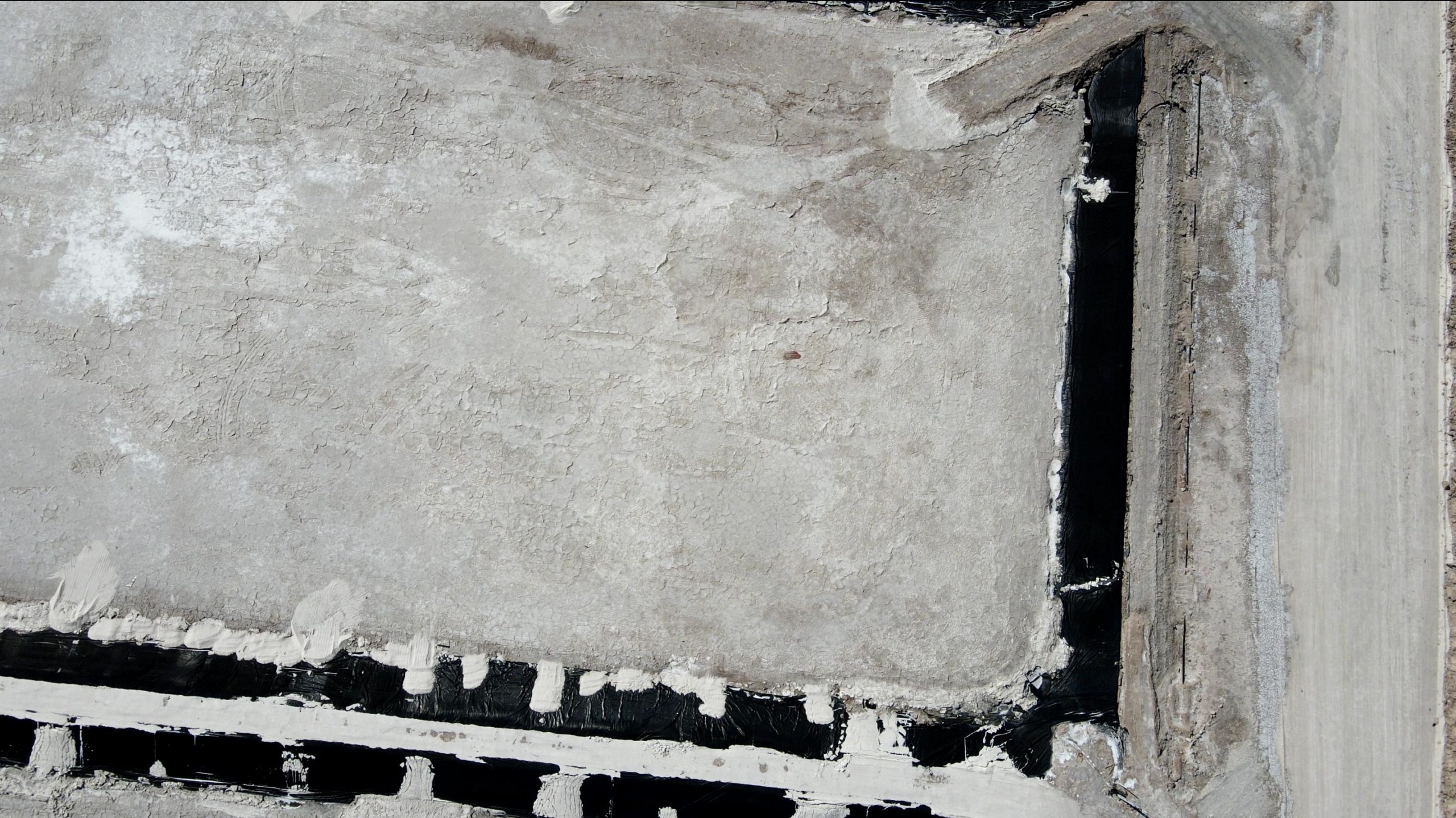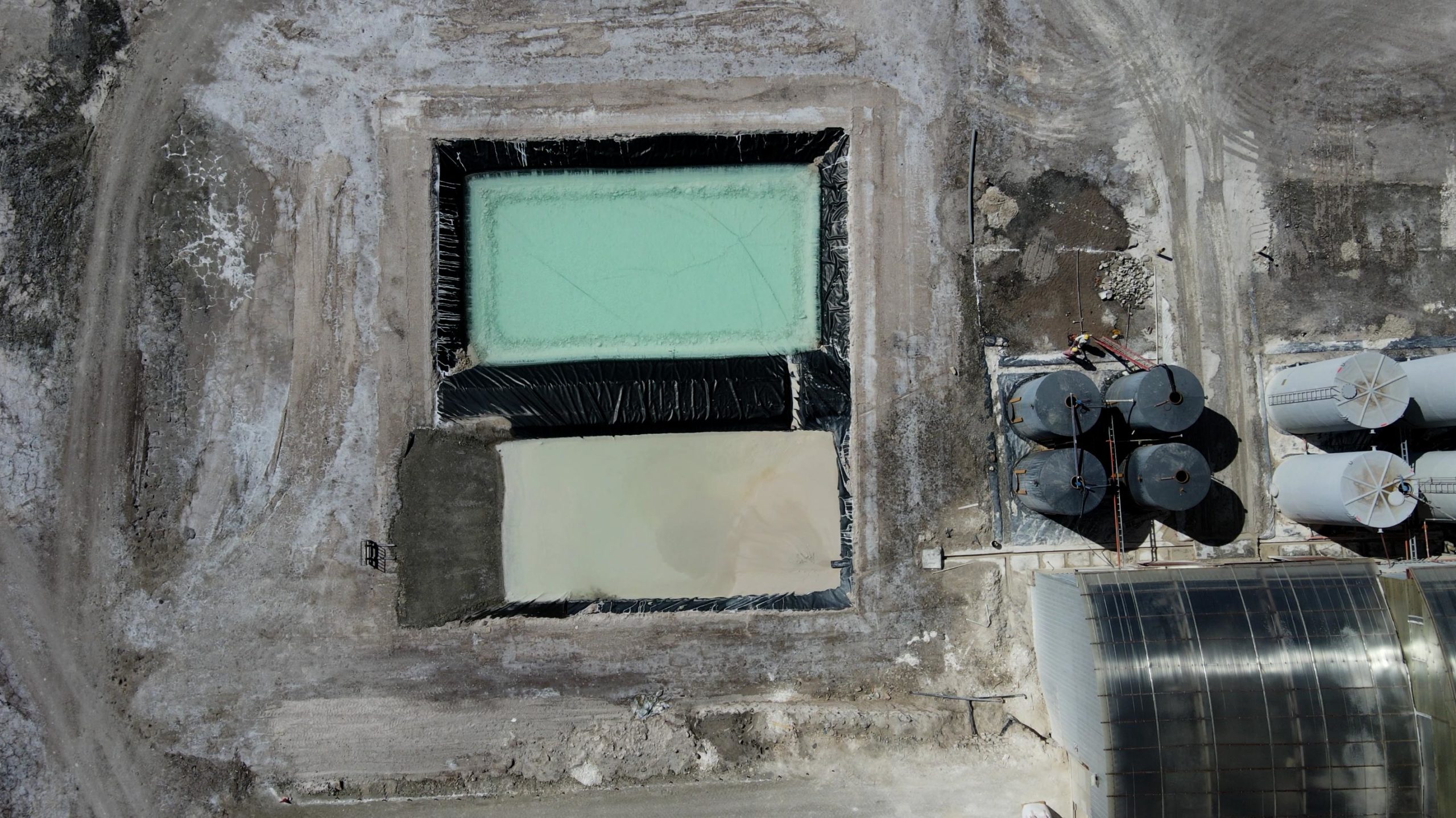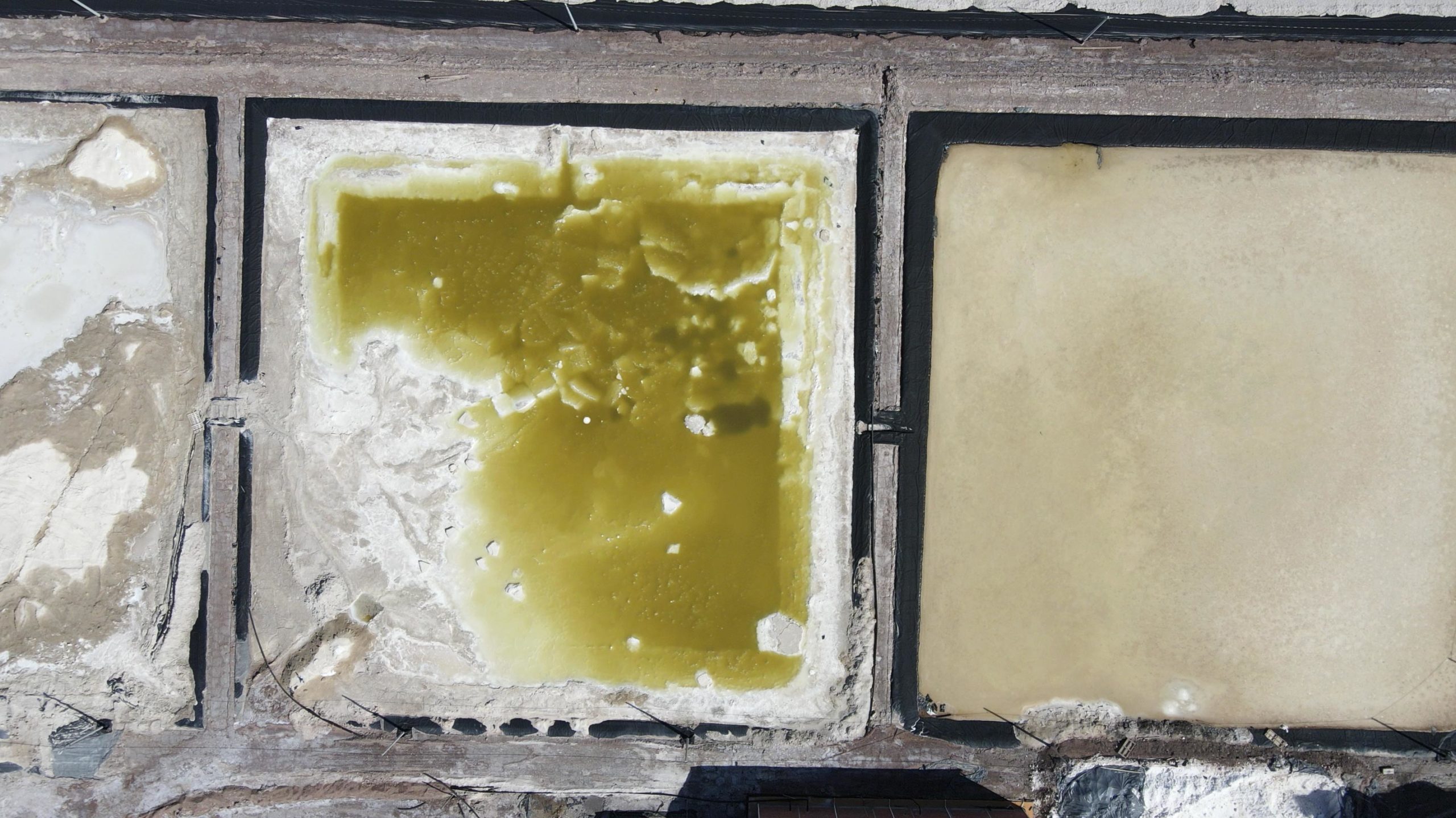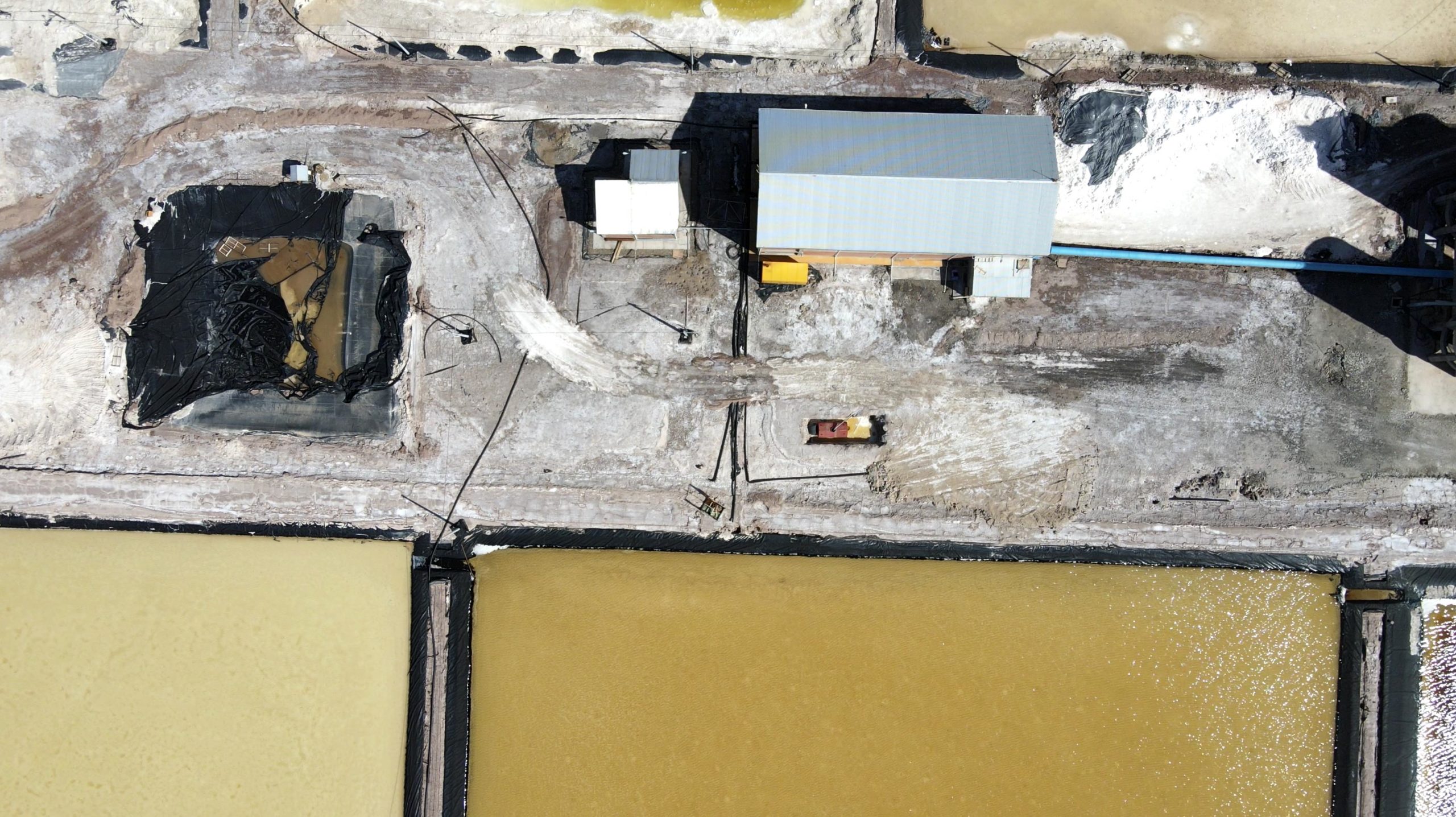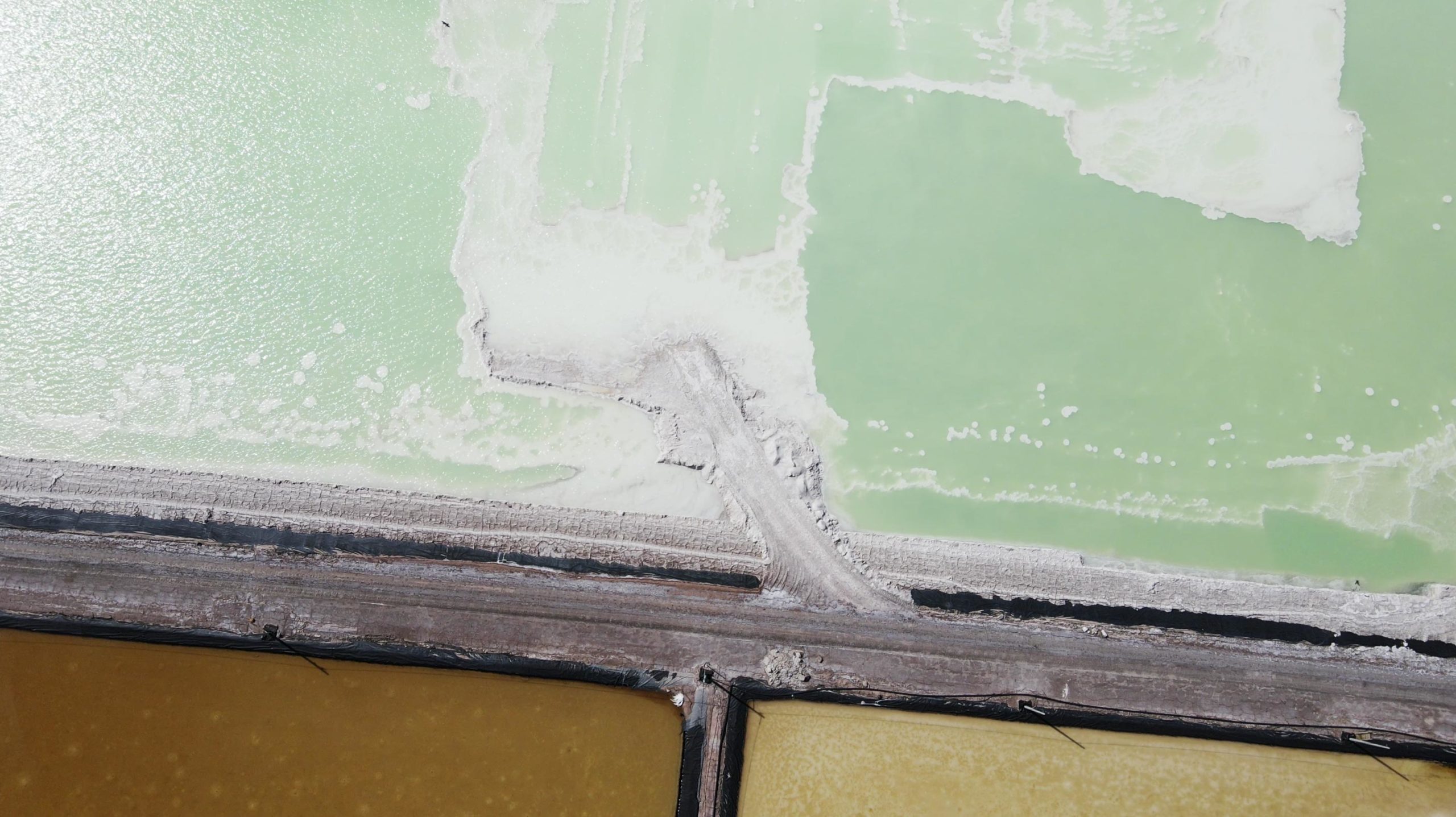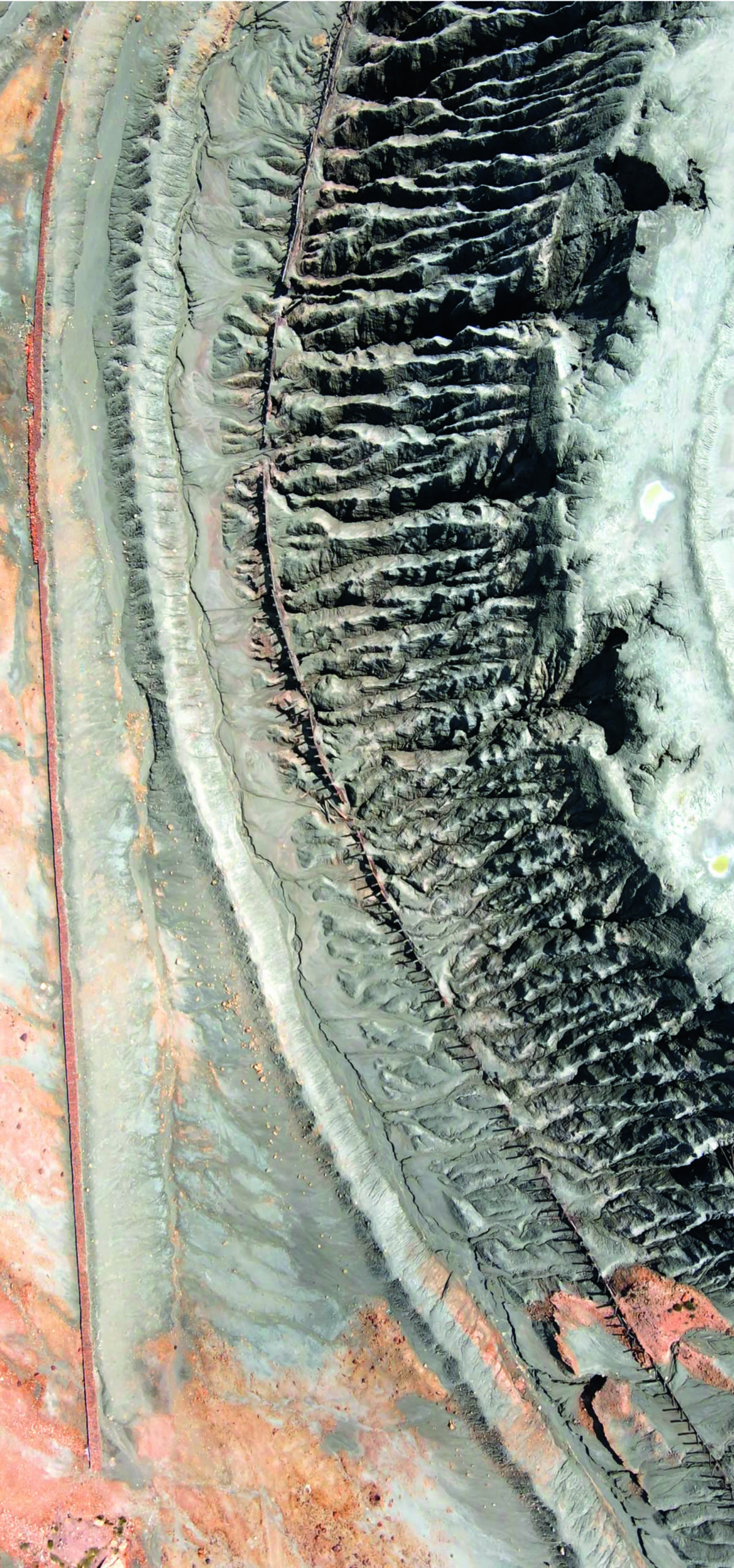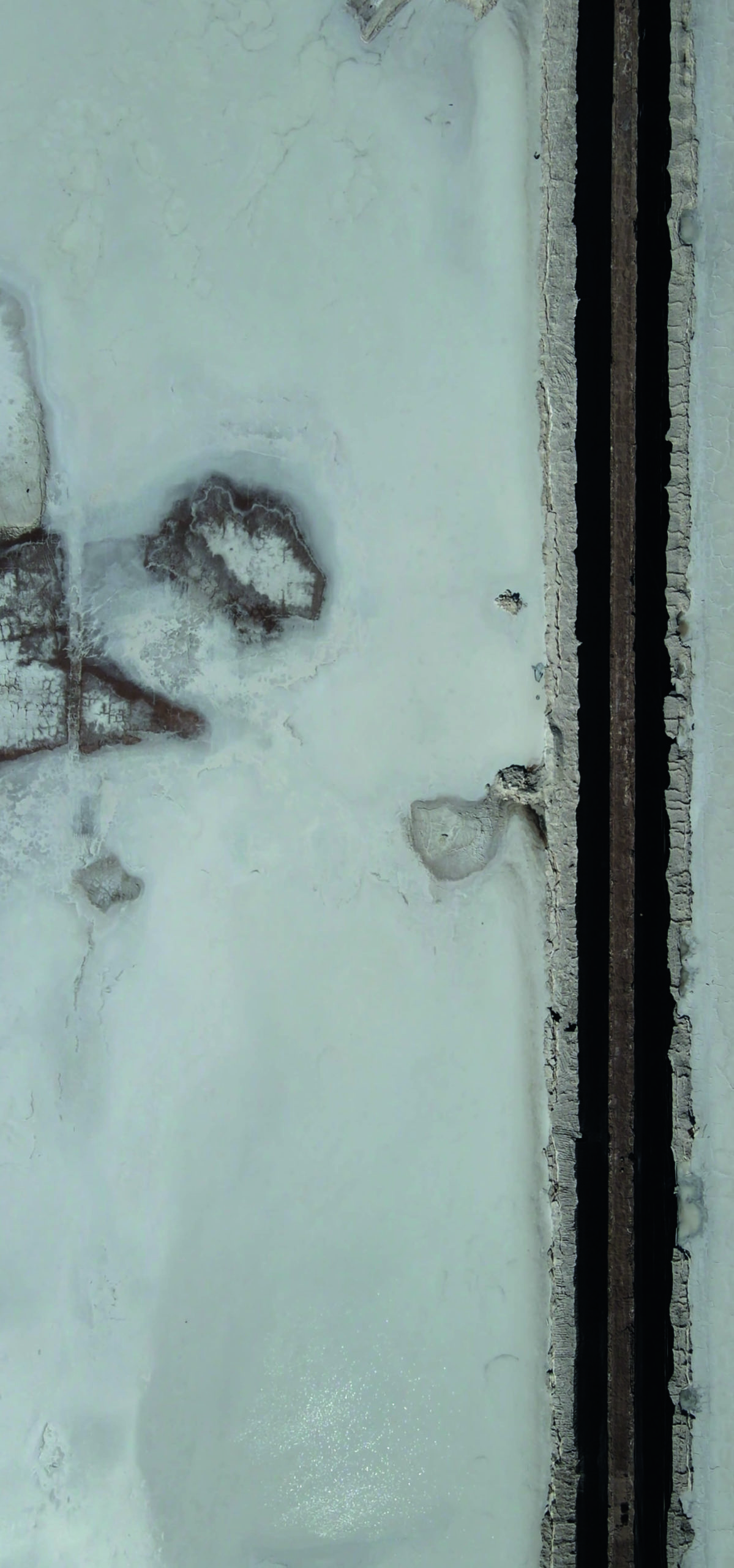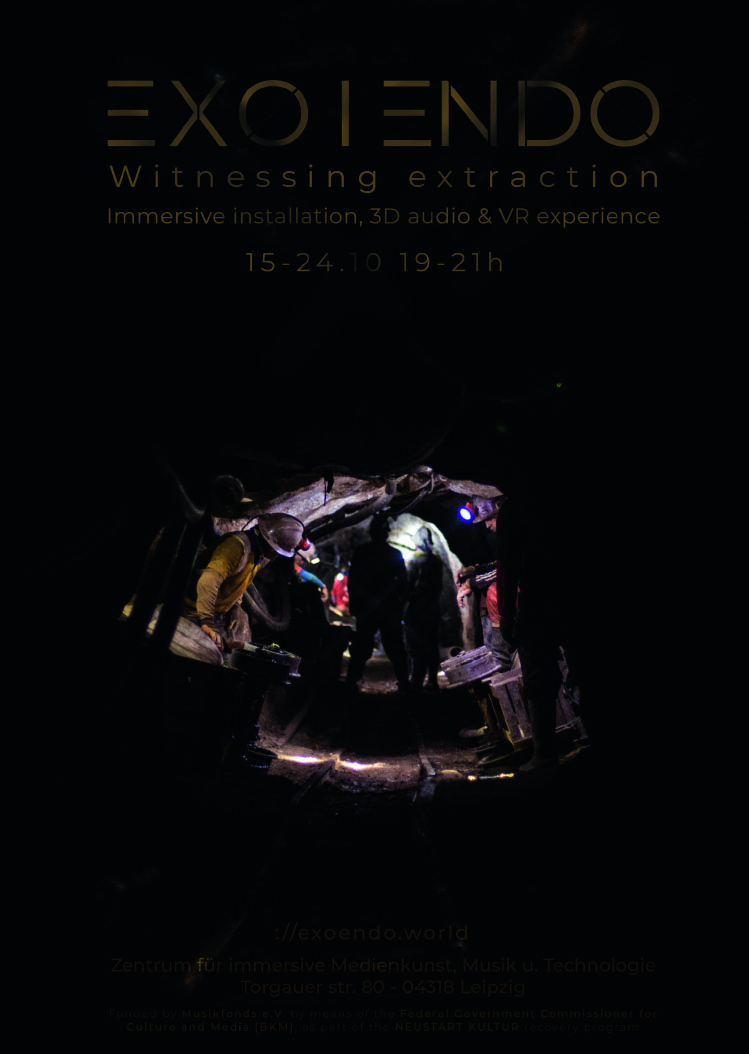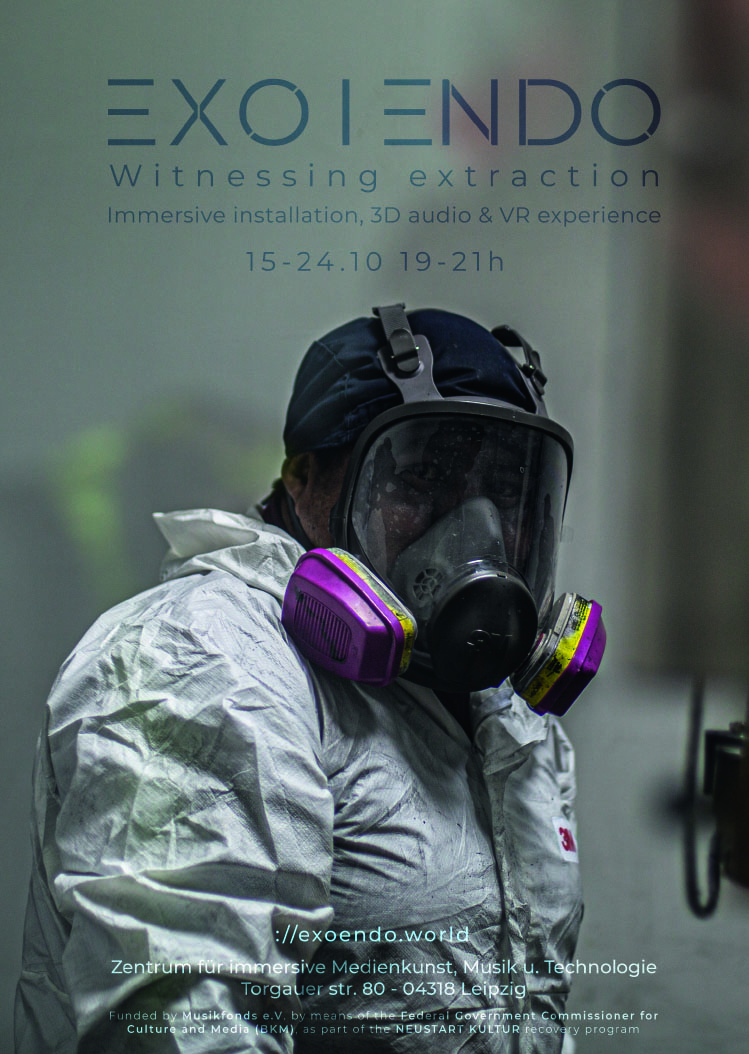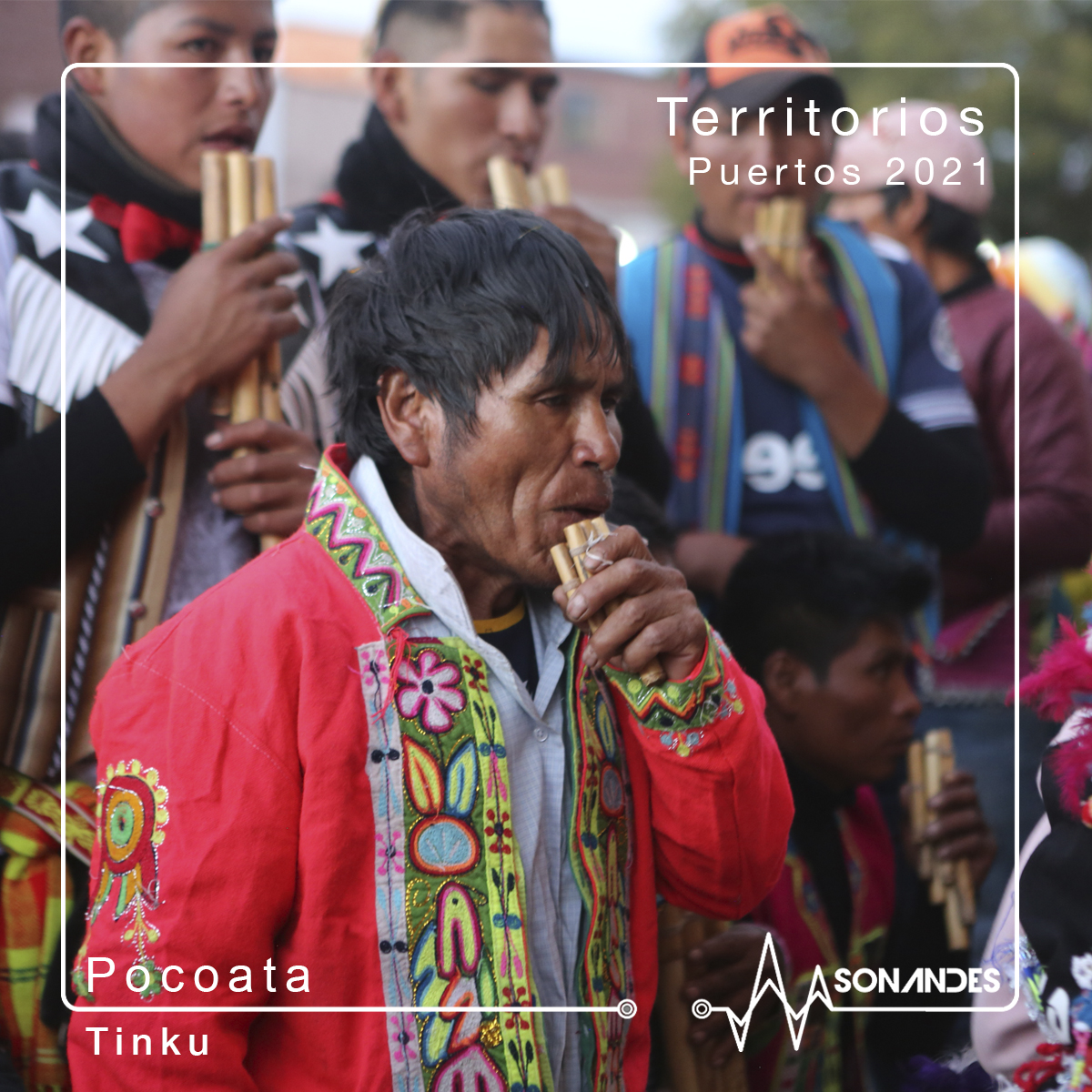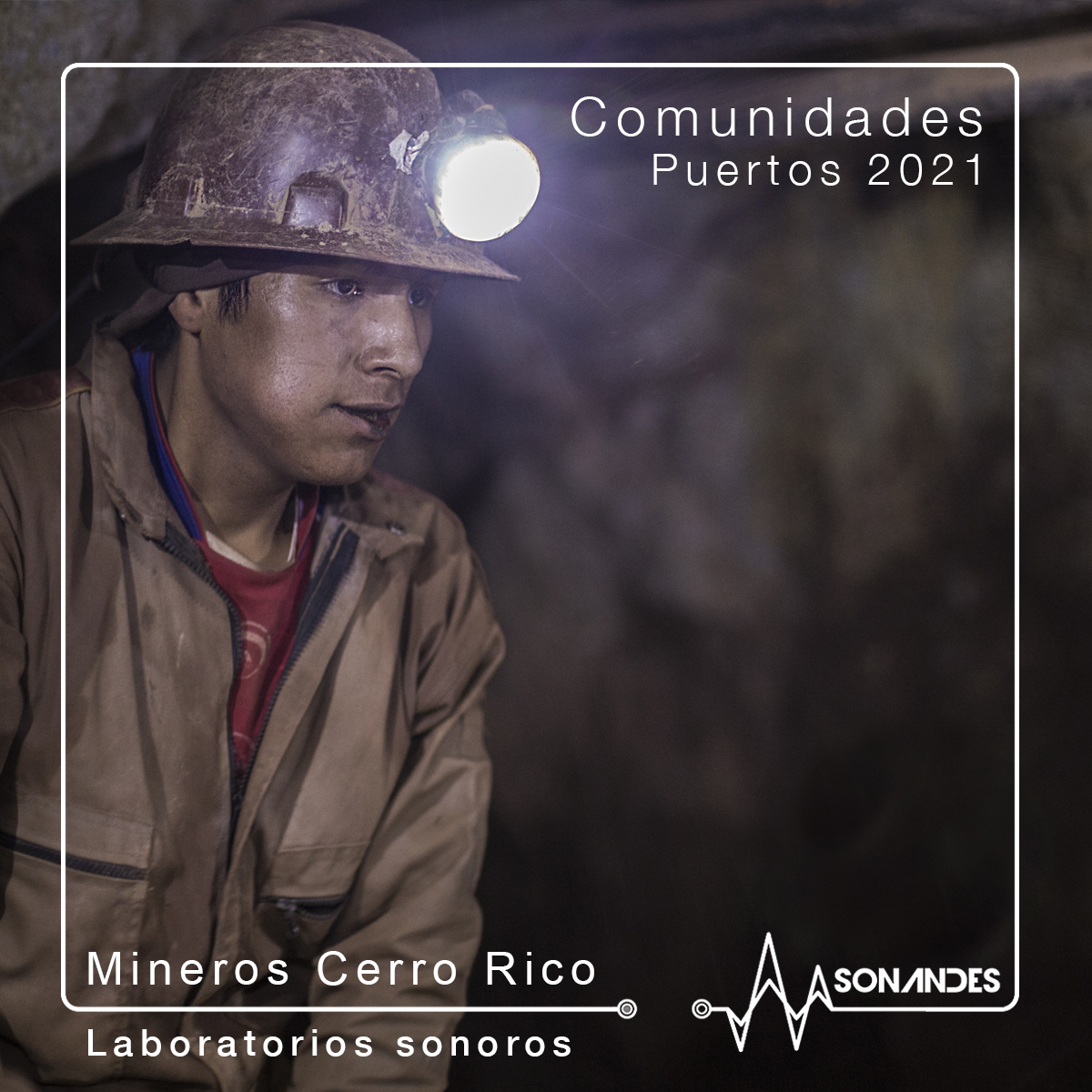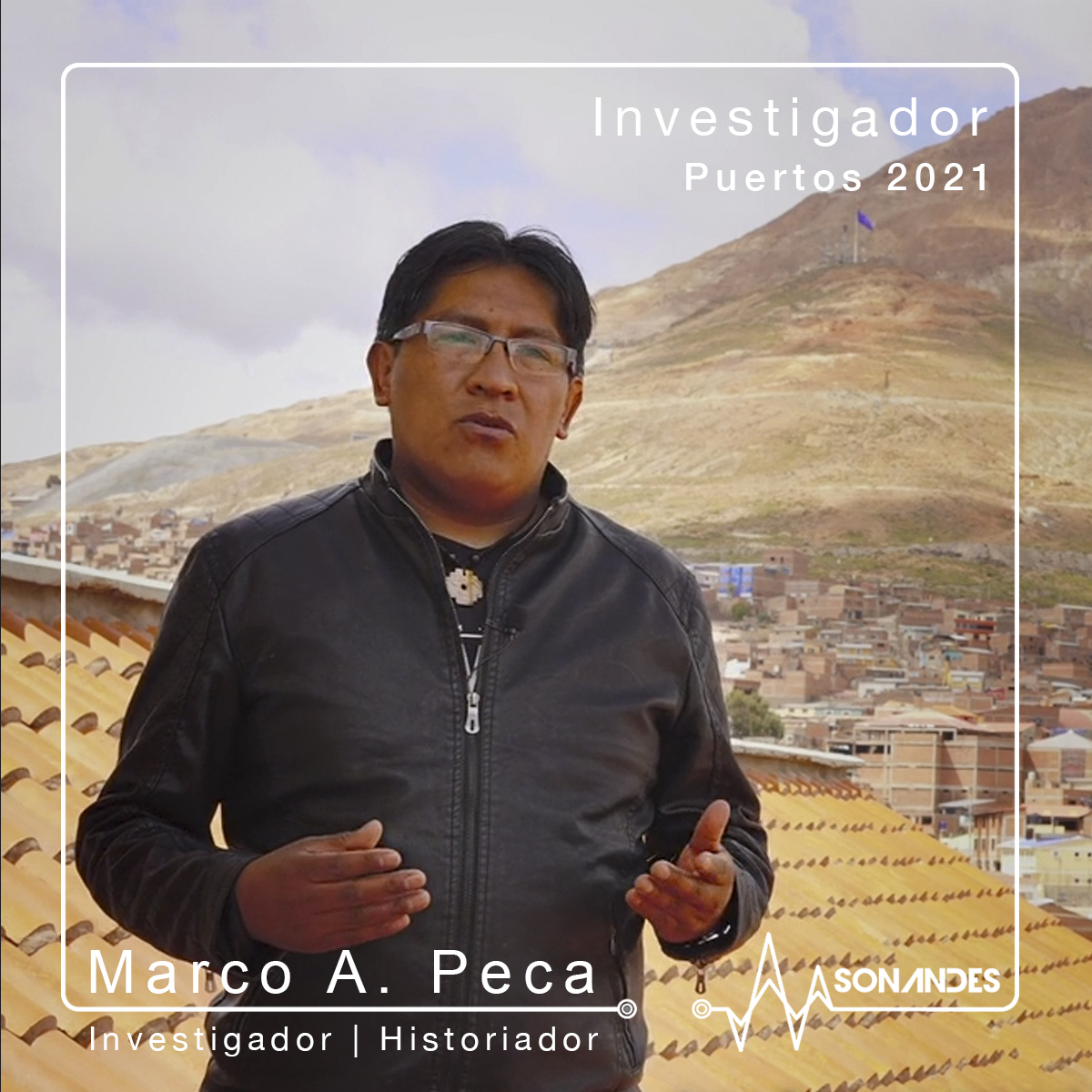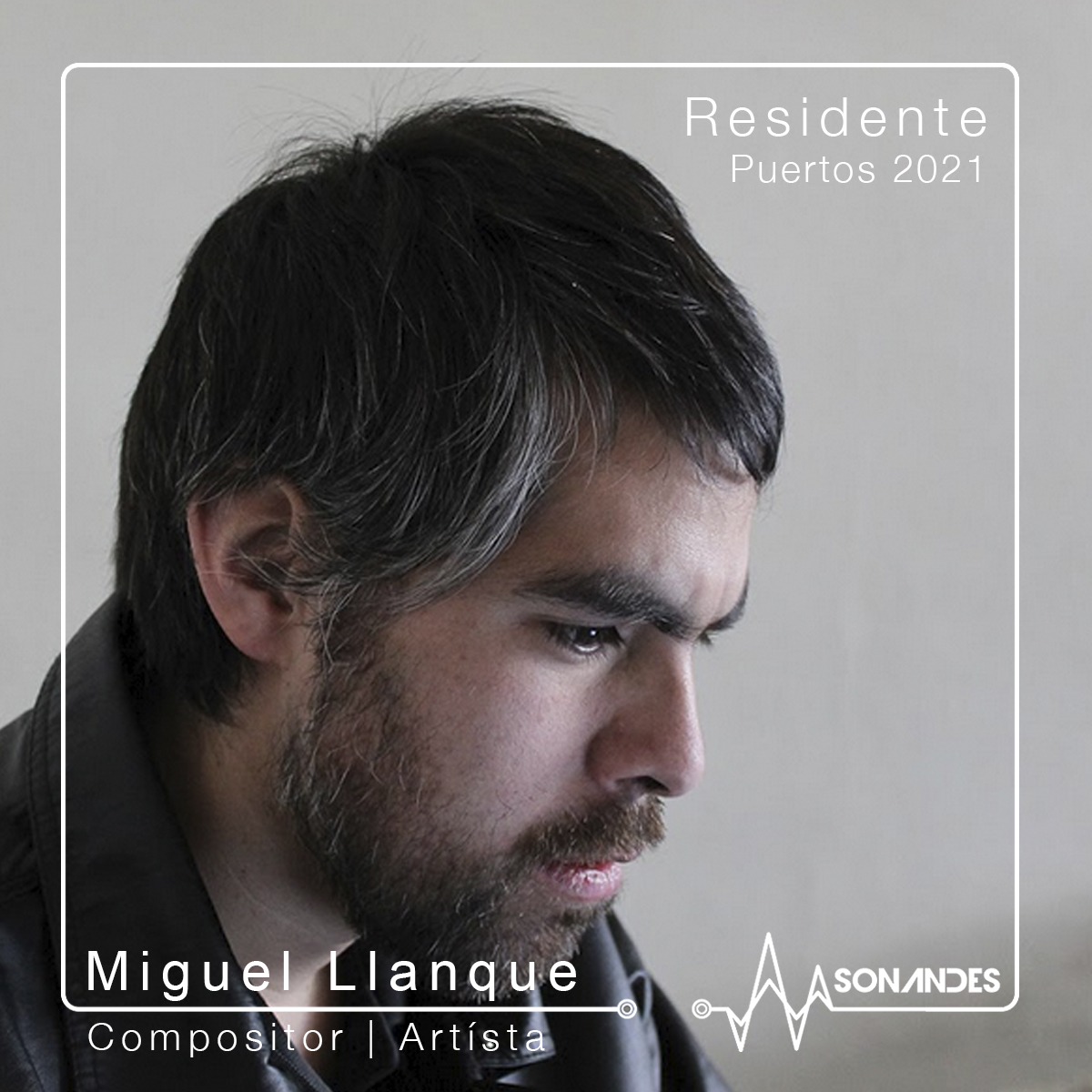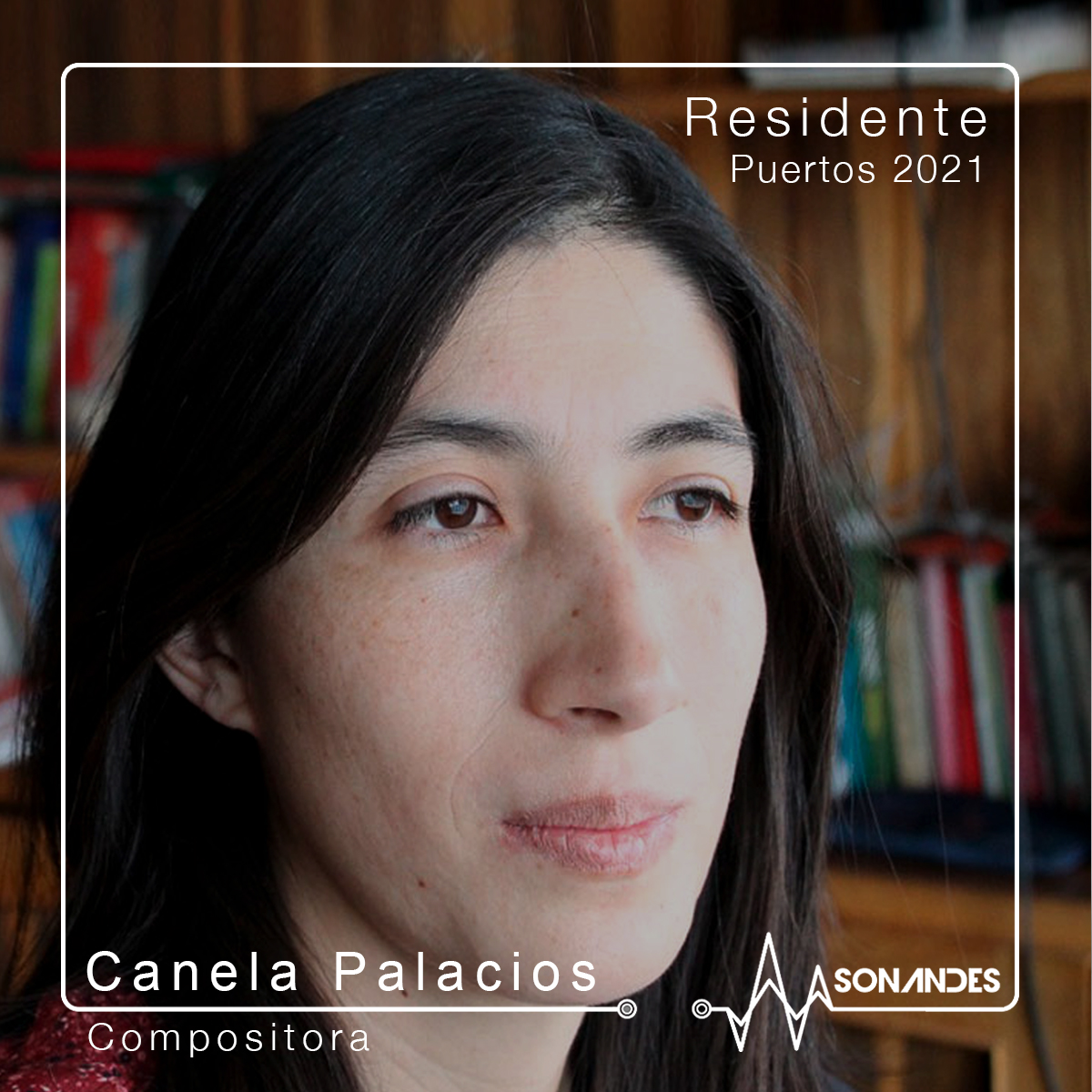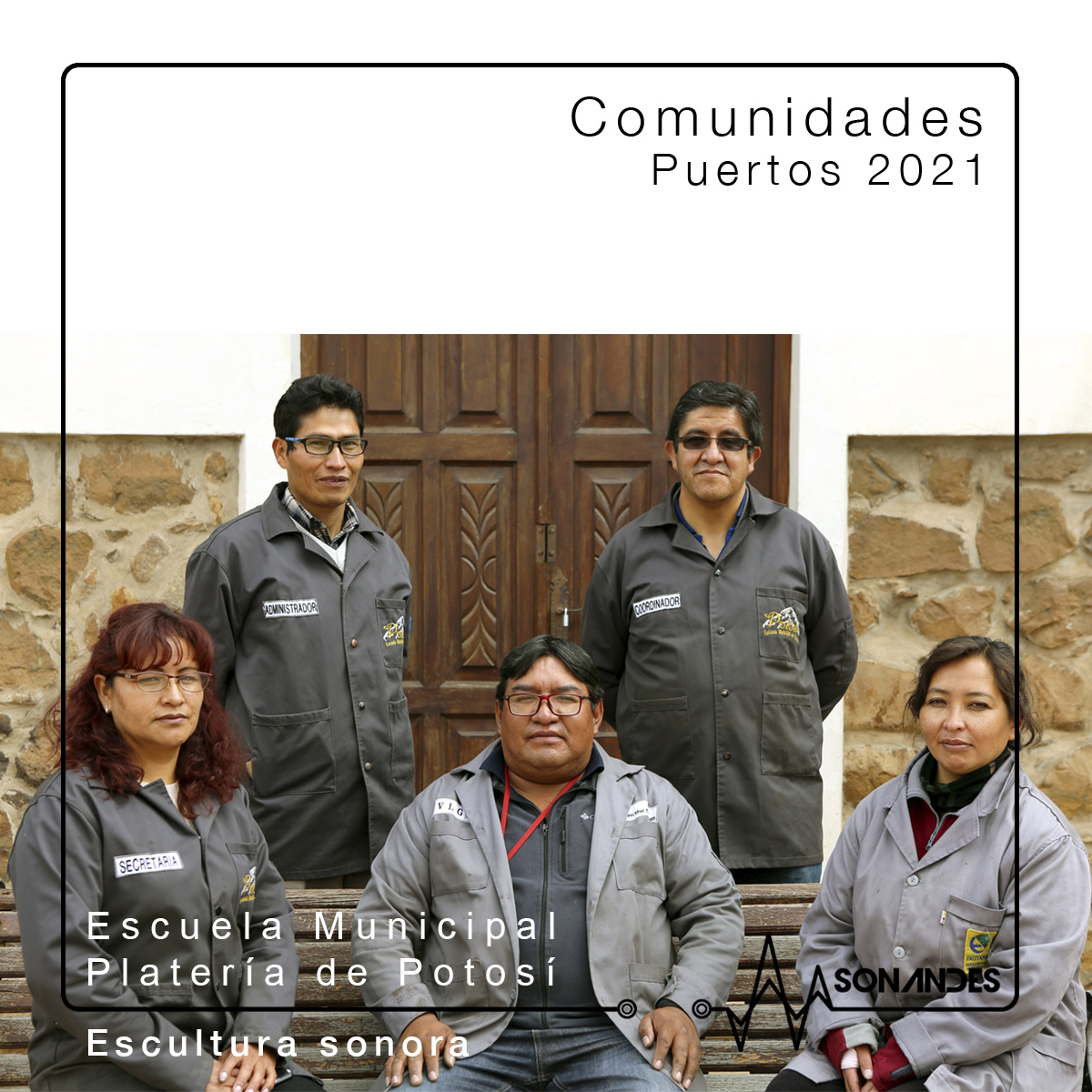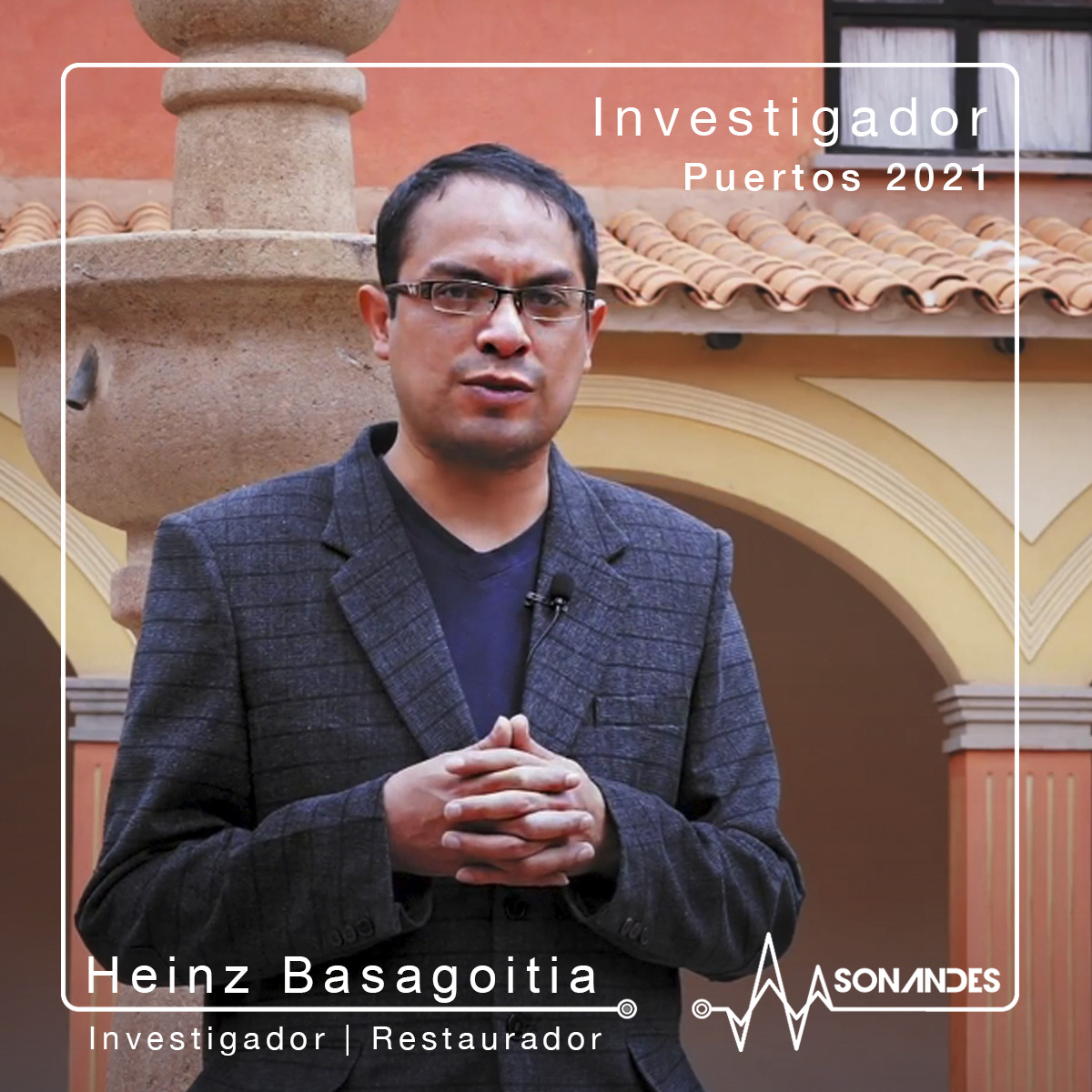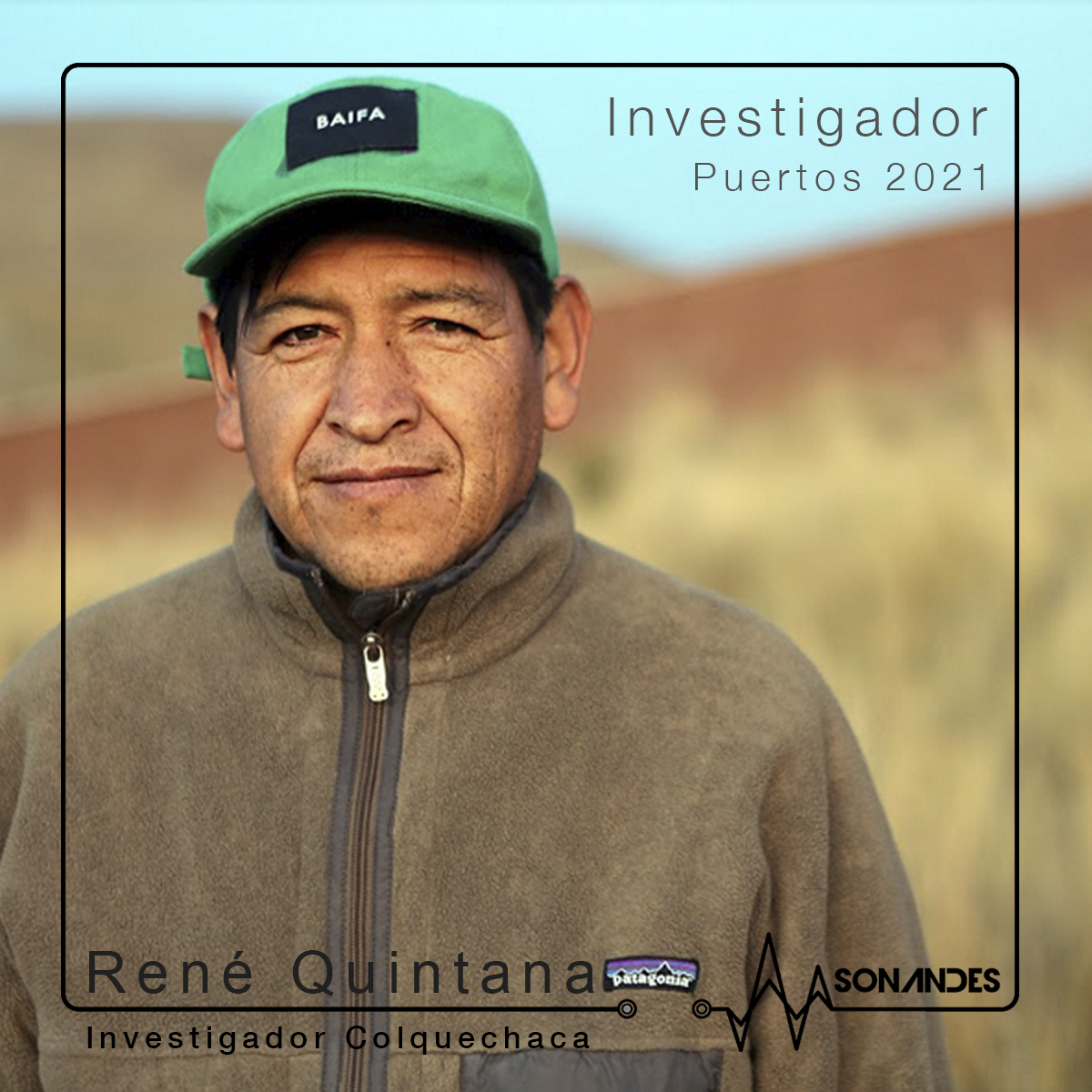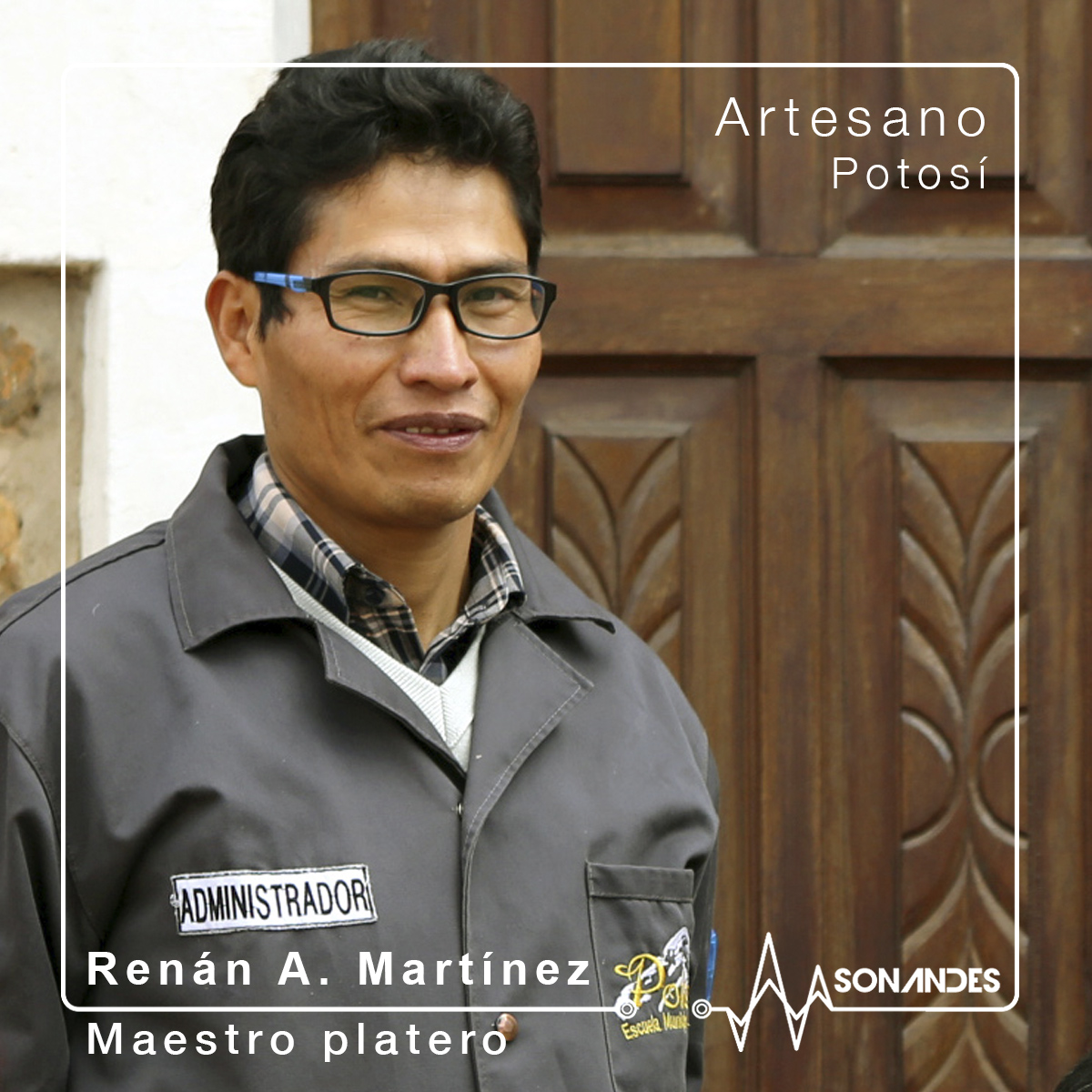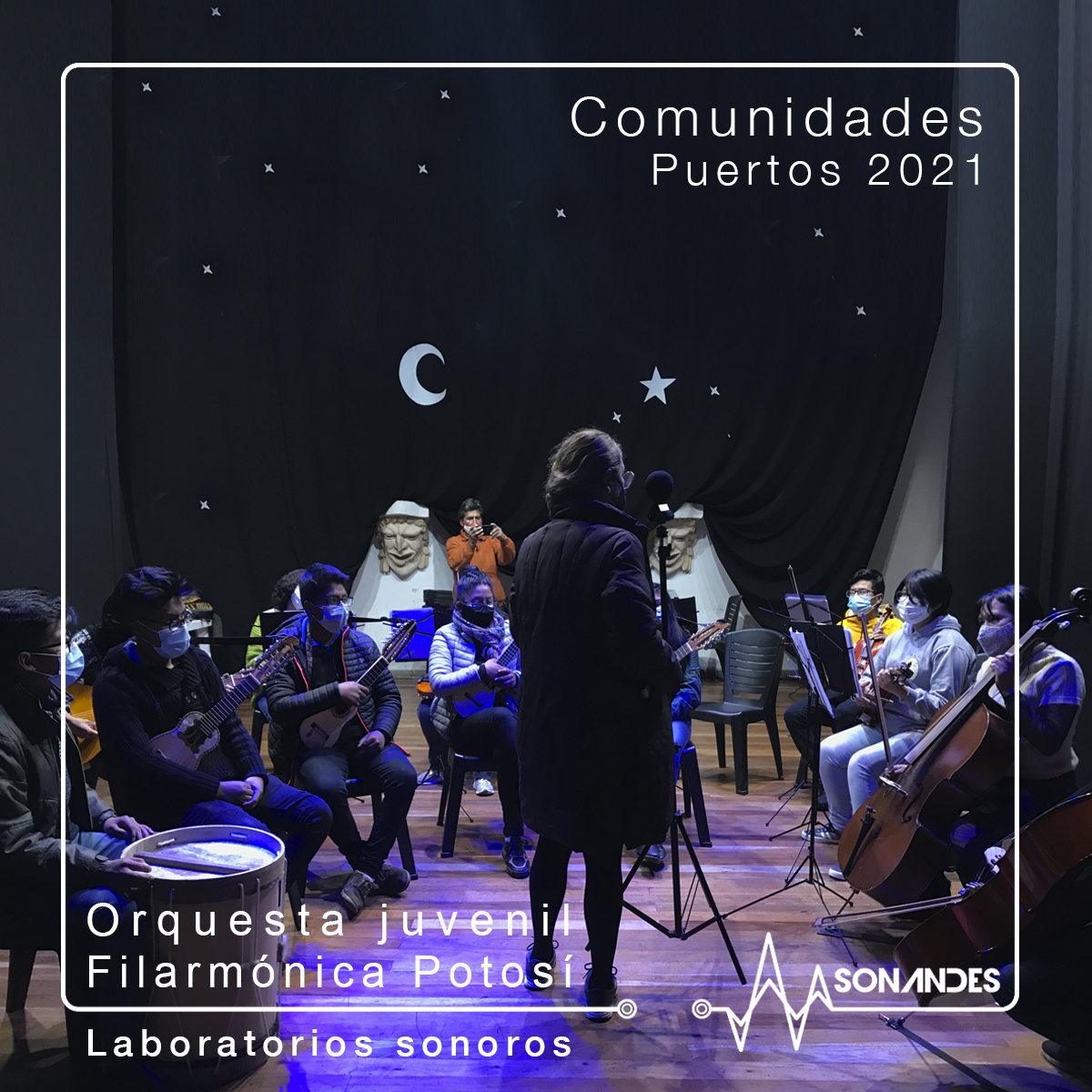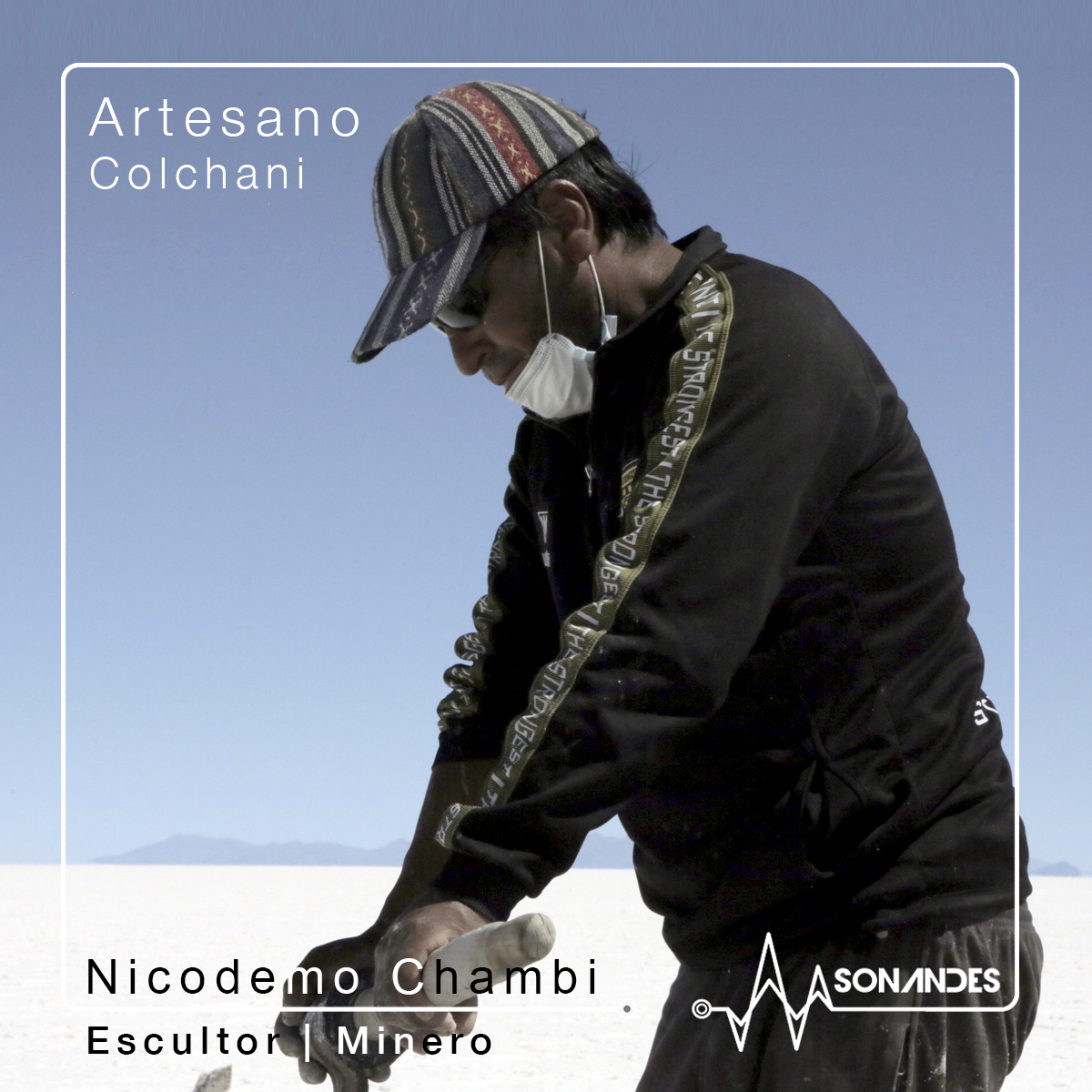WAK`A
Neo-extractivism, Sacredness & Deep Listening
2020 – Ongoing
Wak’a is a sacred body / territory
Concentrates natural energy and manifests itself in the form of mountains, lakes, rocks, etc. They are elements of energy regulation that accumulate cosmic, telluric, feminine and masculine energies. Through these wak’as the amautas, laramas, yatiris, (doctors and wise men) spiritually guide their community to communicate with Pacha (Space-time, as an inseparable unit).
The Wak’as in our current world would become nodes of connection, they are respected, and can mark the boundary between the territory of the members of the communities and the territory of the Wak’as, a space where wild fauna and flora live.
Extractivism I Neo-extractivism
The human footprint caused by extractivism in Bolivia, focusing on the history and present of the Cerro Rico de Potosí silver mine and the present and future of the largest lithium salt deposit on the planet, located in the Salar de Thunupa.
The actions and consequences of silver mining have radically reshaped the landscape and life in the area during the last five centuries. At present, the desert territory Salar de Thunupa does not suffer the impact of large-scale mining, however, the national and international interest in the exploitation will have an impact on the following decades.
Wak’a, a node that condenses energy on numerous levels. This is the first concept approached by Sonandes during the first week of Bolivia Month in Focus.
An audiovisual essay guided by Marco Antonio Flores Peca, president of the Historical Research Society of Potosi.
Concept and produced by Guely Morató and Víctor Mazón Gardoqui.
Potosi, Bolivia. April 2021
TIKNU I Tíhnu
Zenith.
Point of intersection of the celestial vault with the vertical that passes through the observer.
Dual channel composition (extract) from Aerial footage of anthropogenic landscapes from mining activities.
Cerro Rico and Pulacayo silver mines extracted during more than 500 years and model lithium plant in Llipi.
April 2021. Potosi, Bolivia
EXO:ENDO
Witnessing Mining VR Experience
EXO:ENDO provides an immersive essay on the geography of inequality, in areas where neoextractivist practices occur. Collecting field recordings and impressions on his journey from a silver mine exploited for more than 500 years to the largest almost intact lithium deposit in the world. The amplified sound of the application of scientific methods and engineering techniques to the exploitation of natural resources, is absorbed and reflected by structures and bodies of all kinds. These disturbances affect the different areas of contemporary geographical interest, in both inhabited and uninhabited places.
The outcome of the installation is a collaboration between scientist, miners, anthropologists, historians, engineers and artists from Bolivia and Germany Guely Morató, Marco Antonio Flores Peca, Oscar Torrez, Jaime Mora, Hannes Walschütz, Jano Bizzotto, Felix Deufel, Sergio Millán & Víctor Mazón Gardoqui


